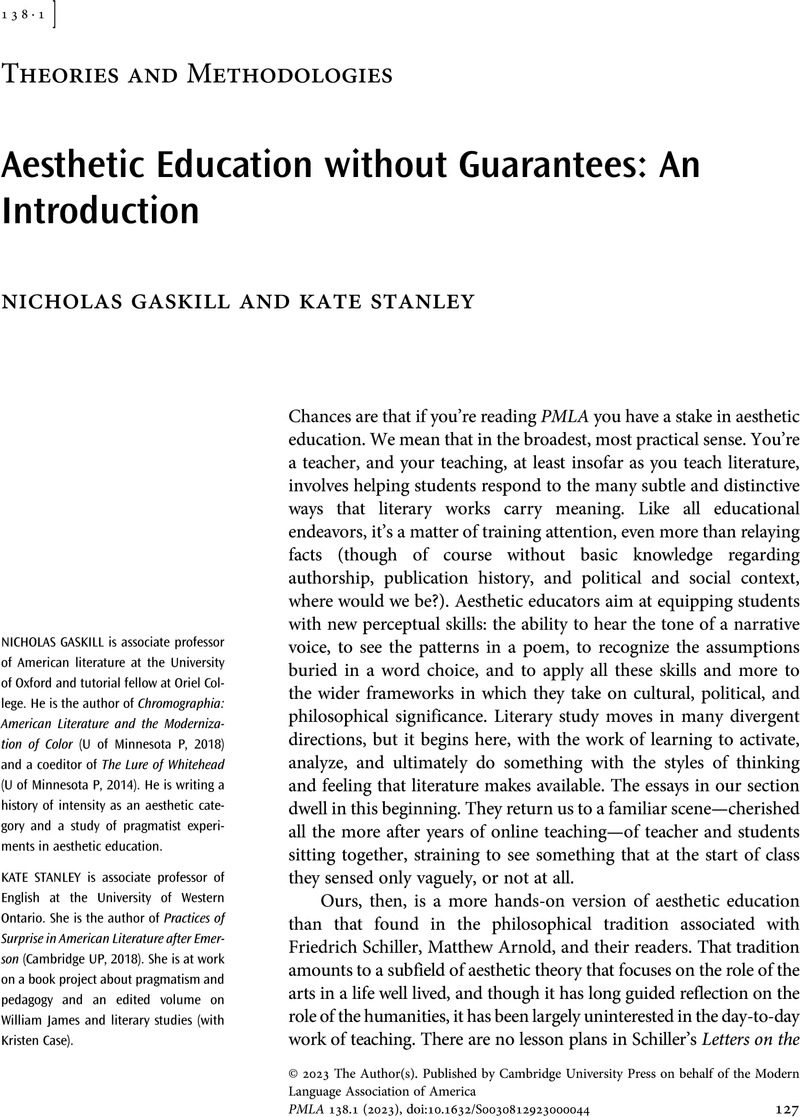Crossref Citations
This article has been cited by the following publications. This list is generated based on data provided by Crossref.
Li, Wanshu
and
Hu, Yuanhui
2025.
A regression analysis study on the cognitive change pattern of digital art display on college students’ thought leadership process.
Applied Mathematics and Nonlinear Sciences,
Vol. 10,
Issue. 1,



